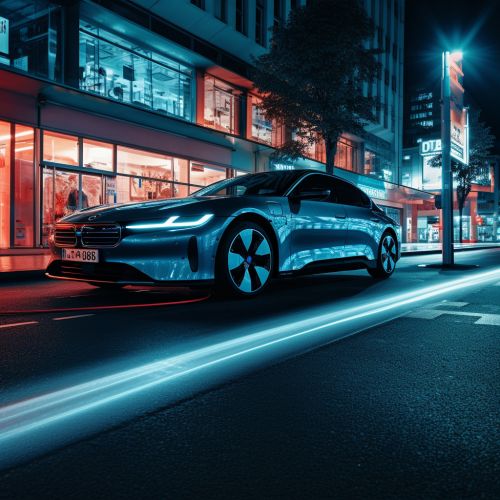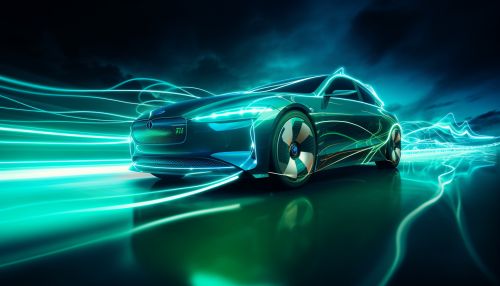Regenerative Braking
Overview
Regenerative braking is a mechanism that allows a vehicle to recover and store part of the kinetic energy that would otherwise be lost to heat during braking. This energy is stored in a battery or flywheel for later use. Regenerative braking is primarily used in electric and hybrid vehicles to extend their range and improve their energy efficiency.
Principle of Operation
Regenerative braking works by reversing the operation of the electric motor. During normal operation, the motor converts electrical energy into mechanical energy, which is used to propel the vehicle. During regenerative braking, the motor operates as a generator, converting the vehicle's kinetic energy back into electrical energy, which is then stored in the battery or flywheel.
Components
The main components of a regenerative braking system include the electric motor/generator, the battery or flywheel, and the control system. The motor/generator is the key component, as it is responsible for both propelling the vehicle and generating electricity during braking. The battery or flywheel stores the recovered energy, while the control system manages the operation of the system, deciding when to use regenerative braking and when to use conventional friction braking.
Efficiency
The efficiency of a regenerative braking system depends on several factors, including the efficiency of the motor/generator, the capacity of the energy storage system, and the control strategy. In general, regenerative braking can recover between 10% and 70% of the energy lost during braking, depending on these factors. This can significantly improve the overall energy efficiency of the vehicle, especially in stop-and-go city driving.
Limitations
While regenerative braking has many advantages, it also has some limitations. One of the main limitations is that it is less effective at high speeds, as the energy recovery rate decreases with speed. Additionally, the capacity of the energy storage system can limit the amount of energy that can be recovered. Finally, regenerative braking cannot completely replace conventional friction braking, as it is less effective in certain situations, such as emergency stops.
Future Developments
Future developments in regenerative braking technology are likely to focus on improving the efficiency of the system, increasing the capacity of the energy storage system, and developing more sophisticated control strategies. These improvements could further increase the range and efficiency of electric and hybrid vehicles, making them even more attractive alternatives to conventional vehicles.
See Also


